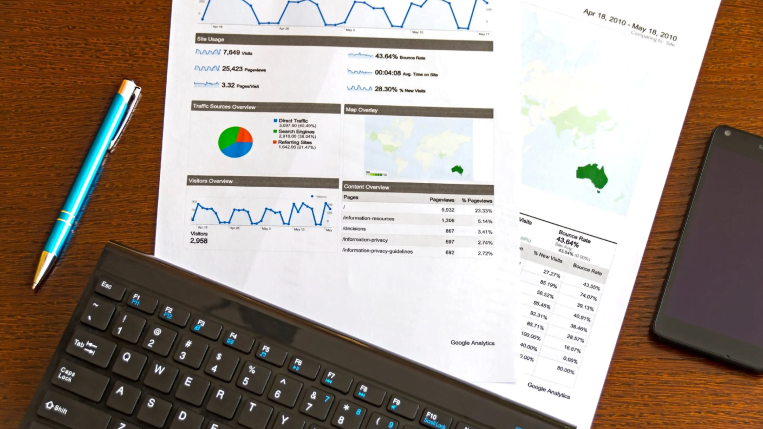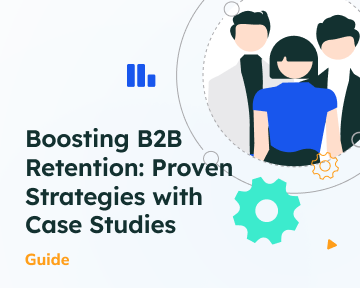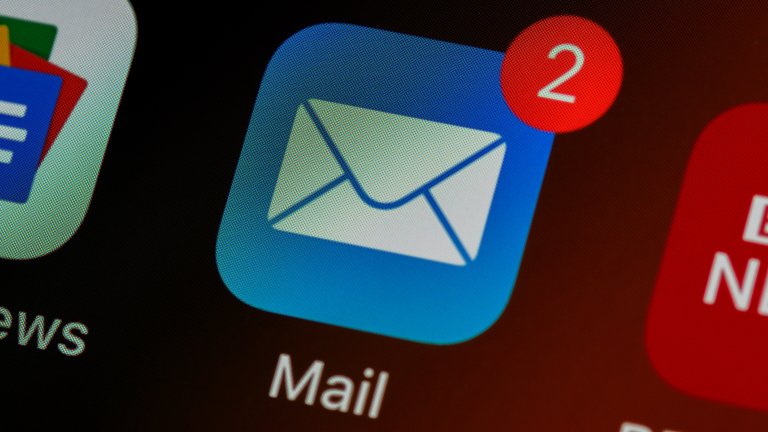The concept of a sales funnel helps us understand and analyse how customers progress from being interested in a product or service to becoming an actual paying customer. It visualises the different stages of customer engagement and their journey towards making a purchase.
Having a solid grasp of the sales funnel is essential for professionals working with CRM and Marketing Automation systems. This concept guides the organisation and provides an analysis of any marketing and sales activities. By evaluating and refining your sales funnel based on this concept, you can enhance your sales and marketing efforts, identify areas for improvement, and ultimately boost conversions and customer retention.
A sales funnel (or “purchase funnel”, or “sales pipeline”) is a marketing concept that illustrates the theoretical journey a potential customer goes through towards making a purchase.
Sales funnels are made up of a series of steps your prospective customers take as they move from the mass of all targeted audiences to become a qualified lead, and eventually make an actual purchase.


CRM and Marketing Automation plays a game-changing role especially for small and medium businesses due to the importance of each conversion. It helps your team to score, sort, and nurture leads throughout the sales cycle, boosting conversions by targeting customers with the highest purchasing potential.
Let’s examine each stage in detail and explore how CRM and Marketing Automation can assist you in effectively implementing them.
1. Awareness
In the first stage, potential customers become aware of your business. They may have discovered your business through various channels such as your website, social media, advertisements, word-of-mouth, or search engine results. The top of the funnel is the widest section since it contains the mass of potential customers you target, so it is important to arrange as many as possible ways for potential customers to discover your brand. Lead generation occurs when visitors engage with your website, read blog posts, watch videos, or provide their email address in exchange for valuable resources like e-books or webinars.
By strategically combining your awareness campaigns with powerful CRM and marketing automation systems such as “Lead Gen and CRM,” you can generate qualified leads and further track their interactions with your website and other marketing content. As a Lead Gen and CRM platform powered by OpenMinds, we have helped numerous clients achieve successful lead generation campaigns in countries such as Malaysia, Thailand, and Indonesia with said strategies flowing directly from the awareness phase into the next section of the funnel.
Details of all lead interaction will be recorded in the timeline known as the Life of the Lead in “Lead Generation and CRM by Constant Contact”.


2. Interest
With the leads generated from the awareness phase, it is now time to nurture them until they are ready for conversion. Your CRM and Marketing Automation platform now diligently tracks every interaction made by leads, enabling you to identify and analyse each engagement with your brand. The CRM tool will then automatically identify where these leads are in the sales funnel and assign Lead Scores according to your pre-set criterias. With this information, your sales representative can now tailor their marketing message according to the very specific interest of the potential customer.
Designing an automated nurturing email campaign is a good way to stir interest among your prospects. Nurturing emails ensures that your brand name remains relevant within potential customer attention. If you are interested in having a customised email nurturing campaign suited for your business, register here to receive a complimentary template to start with!
3. Decision
The decision stage is where potential customers will decide if they want to make a purchase from your brand, but at the same time are still considering several other options. Potential customers are actively evaluating your offer and comparing it with alternatives. They might read reviews, compare prices, explore features, or look for recommendations.
With that said, it is crucial for brands to do product demonstrations, service proposals and provide consistent lead nurturing (such as following up with phone calls, emails, and retargeting advertisements) at this stage to encourage conversion. Relevant and timely information, such as case studies, customer testimonials, and scheduling product demos, can be provided with the help of automated email campaigns, such as Email Drip Campaign. Doing so will enhance the efforts of your sales team and will help them prioritise leads according to their potential of closing which can be defined by their Lead Score and Life of the Lead.
Depending on your sales circle, this could be a large or small section of the funnel. In the decision stage, you should clearly differentiate your product from competitors and give the potential customer compelling reasons to choose you. Moreover, incentives such as discounts, free shipping or bonus products or services may speed up a positive decision towards your company.
Use CRM softwares to track and manage the sales process, ensuring all information is accurate and up-to-date. Set up Custom Notification in “Lead Gen and CRM by Constant Contact” for sales managers to be able to provide potential clients with clear and concise information right on time. During this stage, the sales team should utilise whole information provided by the CRM to navigate the lead towards purchase.
4. Action
The Action Stage is the actual conversion, where the potential customer becomes a paying customer by completing the transaction. This can happen online, in a physical store, or through other means, depending on the nature of your business. If your team has been actively engaging with prospects, for example, through nurturing emails and follow-up calls, you will have increased chances of conversion and the likelihood of establishing a beneficial long-lasting relationship.
For many B2B and SaaS companies the sales journey extends beyond the point of purchase. After a prospect converts into a customer, the sales representative shifts their attention towards retention. It becomes crucial for sales representatives to maintain regular communication with clients, ensuring their continued satisfaction and uncovering prospects for potential upselling and referrals.
Even if the prospect ultimately says no there is still a chance that the prospect can become a customer at a future date. It requires a further follow up where CRM tools again will help your team to organise the process in an effective manner multiplying sales and marketing efforts.
What's next for you?
The next important area to focus your sales and marketing teams attention on is retaining existing customers. Usually, the majority of companies put their main focus into generating new leads, but the investments they put into it could be more effectively placed by nurturing existing customer relationships instead. In our further articles we will separately cover this topic, but for now, you can find inspiring case studies from the B2B environment in our Boosting B2B Retention Guide and Case Studies.





